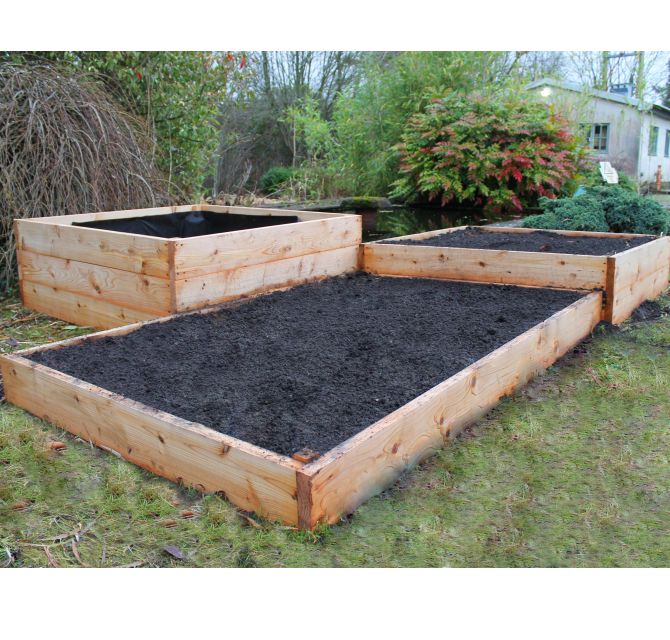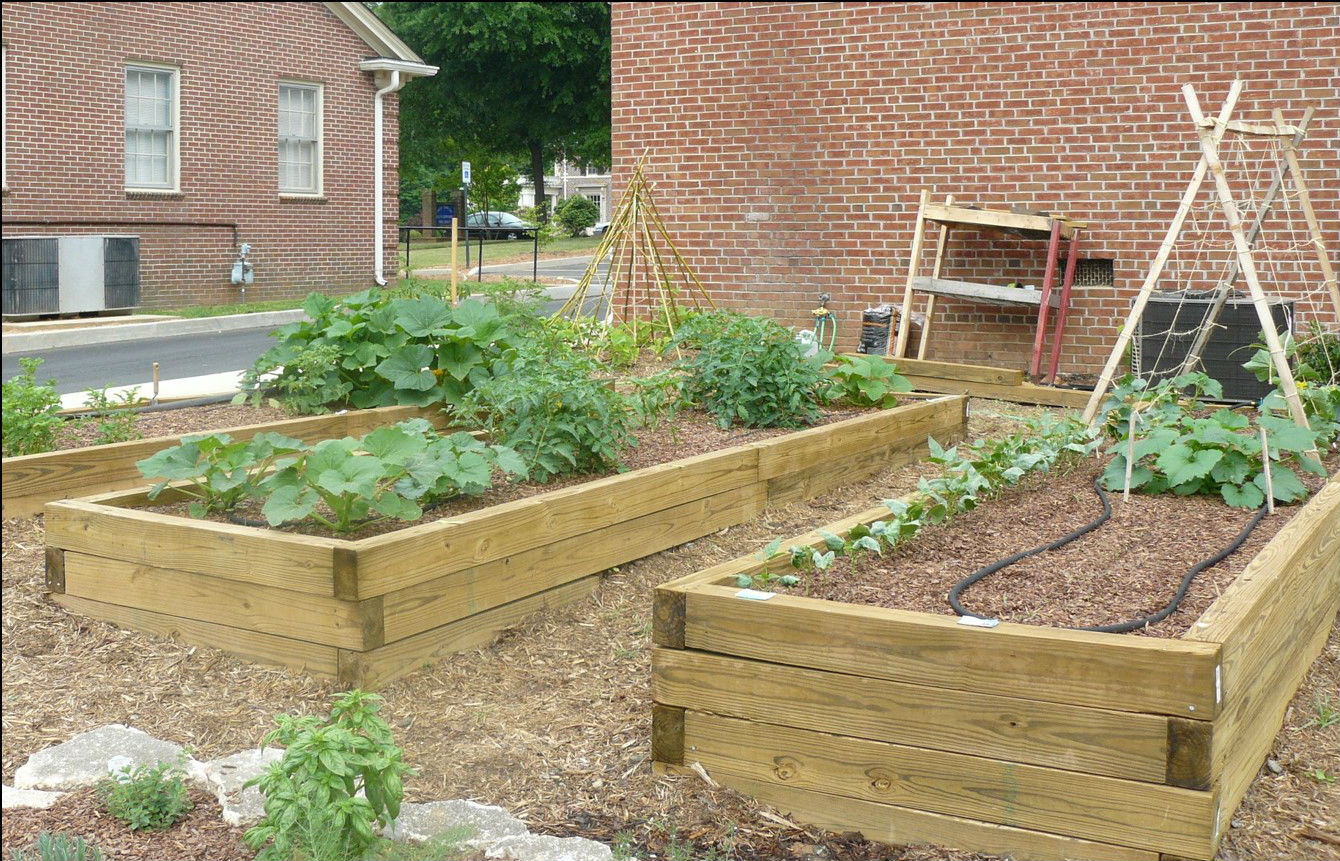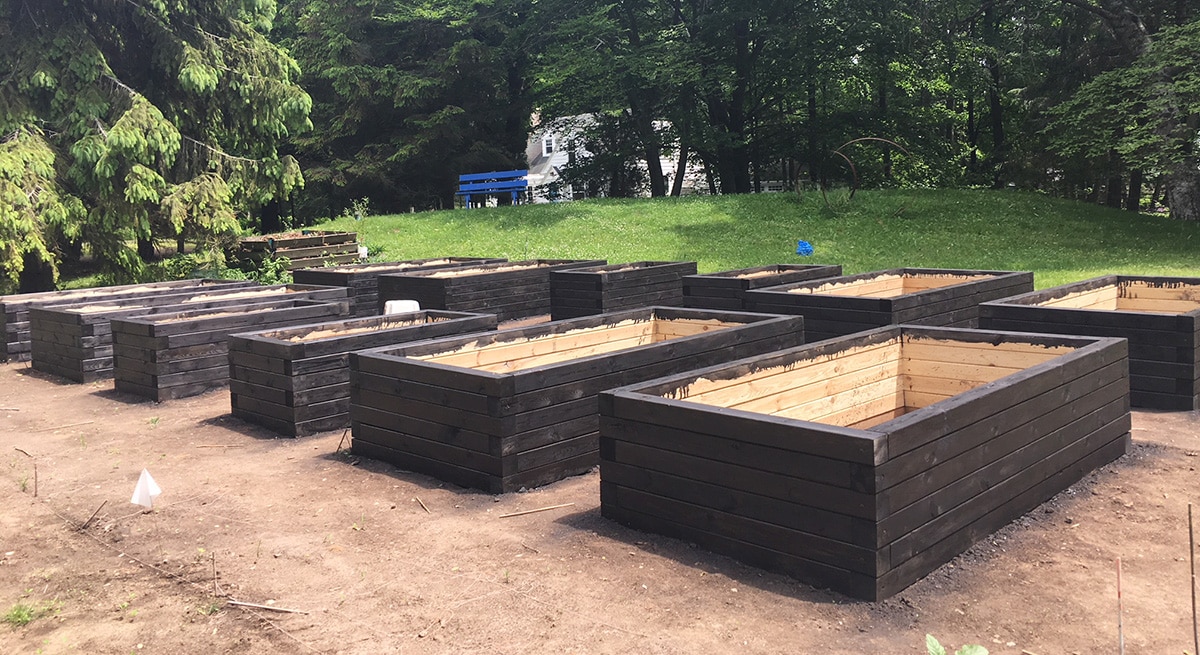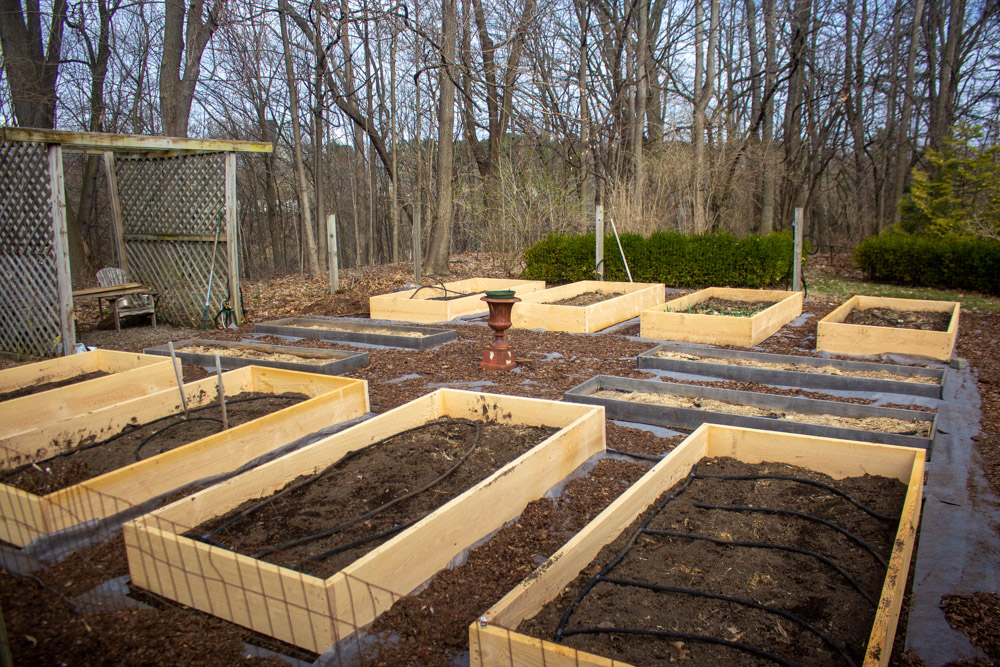The Best Timber For Raised Beds
The Best Timber for Raised Beds
Raised beds are a great way to improve the quality of your garden soil, extend your growing season, and make gardening easier on your back. But what type of timber should you use to build your raised beds?
In this blog post, we will discuss the best timbers for raised beds, based on factors such as durability, rot resistance, and cost. We will also provide some tips on how to choose the right timber for your needs.
What to Consider When Choosing Timber for Raised Beds
There are a few factors to consider when choosing timber for raised beds. These include:
- Durability: The timber should be able to withstand the elements, such as rain, snow, and wind. It should also be able to resist pests and rot.
- Rot resistance: The timber should be naturally rot resistant or have been treated with a rot-resistant preservative.
- Cost: The timber should be affordable, but you should also be willing to pay a little more for a high-quality timber that will last for many years.
- Appearance: The timber should be an attractive addition to your garden.
The Best Timbers for Raised Beds
Cedar
Cedar is a popular choice for raised beds because it is naturally rot resistant and has a long lifespan. It is also relatively affordable and available in a variety of sizes and finishes.
Redwood
Redwood is another excellent choice for raised beds. It is even more rot resistant than cedar and has a beautiful, reddish-brown color. However, redwood is more expensive than cedar and can be difficult to find.
Pressure-treated Pine
Pressure-treated pine is a good option for raised beds if you are on a budget. It is treated with a preservative that makes it resistant to rot and pests. However, pressure-treated pine can be unsightly and may leach chemicals into the soil.
Cypress
Cypress is a naturally rot resistant wood that is similar to cedar in appearance. It is also relatively affordable and available in a variety of sizes and finishes.
Black Locust
Black locust is a very strong and durable wood that is naturally resistant to rot and pests. It is also relatively affordable and available in a variety of sizes and finishes. However, black locust can be difficult to work with and is not as attractive as some other woods.
Other Options
In addition to the woods listed above, there are a few other options that you may want to consider for your raised beds. These include:
- Oak: Oak is a strong and durable wood that is naturally resistant to rot. However, oak is also more expensive than some other woods.
- Mahogany: Mahogany is a beautiful and durable wood that is naturally resistant to rot. However, mahogany is also very expensive.
- Teak: Teak is a very durable wood that is naturally resistant to rot and pests. However, teak is also very expensive and can be difficult to find.
How to Choose the Right Timber for Your Raised Beds
The best way to choose the right timber for your raised beds is to consider your needs and budget. If you are looking for a durable and rot-resistant wood that is relatively affordable, cedar or redwood are good options. If you are on a budget, pressure-treated pine may be a good choice. If you are looking for a wood that is both strong and attractive, black locust or oak may be a good option.
No matter what type of timber you choose, make sure to treat it with a preservative before assembling your raised beds. This will help to extend the lifespan of your beds and protect them from the elements.
Are you looking for the best timber to use for your raised beds? If so, you've come to the right place! In this paragraph, I'll discuss some of the most popular types of timber for raised beds, as well as their pros and cons. I'll also suggest a website where you can learn more about timber for raised beds.
One of the most popular types of timber for raised beds is cedar. Cedar is naturally rot-resistant, so it's a great choice for beds that will be exposed to the elements. It's also relatively inexpensive and easy to find. However, cedar can be susceptible to staining, so it's important to seal it before using it for your raised beds.
Another popular type of timber for raised beds is redwood. Redwood is also naturally rot-resistant and has a beautiful reddish-brown color. It's more expensive than cedar, but it's also more durable. Redwood is a good choice for beds that will be used for a long time.
If you're looking for a more affordable option, you may want to consider using pine. Pine is not as rot-resistant as cedar or redwood, but it's still a good choice for raised beds that will be used in a relatively dry climate. Pine is also easy to find and relatively inexpensive.
No matter what type of timber you choose, it's important to make sure that it's at least 1 inch thick. This will help to ensure that your raised beds are sturdy and will last for many years.
If you'd like to learn more about timber for raised beds, I suggest visiting Garden Wiki. This website has a wealth of information on the topic, including articles on the different types of timber, how to choose the right timber for your needs, and how to build raised beds.
FAQ of timber for raised beds
- What type of timber is best for raised beds?
The best type of timber for raised beds is cedar. Cedar is naturally rot-resistant and insect-resistant, making it a durable and long-lasting choice. It is also naturally weather-resistant, so it will not warp or rot in the elements. Other good options for raised beds include redwood, cypress, and pressure-treated lumber.
- How thick should the timber be for raised beds?
The thickness of the timber you use for your raised beds will depend on the size of the bed and the type of wood you are using. For smaller beds, 1-inch thick lumber is usually sufficient. For larger beds or beds made with less durable woods, such as pine, 2-inch thick lumber is recommended.
- How do I protect timber from rot in raised beds?
If you are using untreated wood for your raised beds, you can protect it from rot by staining or sealing it. There are a variety of stains and sealants available on the market, so you can choose one that suits your needs and budget. You can also extend the lifespan of your raised beds by planting groundcover plants around the base of the beds. These plants will help to keep the soil moist and prevent moisture from seeping into the wood.
- What are some alternatives to timber for raised beds?
If you are looking for an alternative to timber for your raised beds, there are a few options available. You can use concrete blocks, bricks, or stone. These materials are all durable and long-lasting, but they can be more expensive than timber. You can also use plastic or metal raised beds. These materials are lightweight and easy to assemble, but they may not be as durable as timber or concrete.
- How do I maintain my raised beds?
To maintain your raised beds, you should check them regularly for signs of damage. If any of the wood is rotting or damaged, you should replace it immediately. You should also remove any weeds or debris from the beds regularly. This will help to prevent pests and diseases from spreading.
Image of timber for raised beds
- Cedar is a popular choice for raised beds because it is naturally rot-resistant and insect-resistant. It is also a softwood, which makes it easy to work with.

- Pressure-treated lumber is another option for raised beds. It is treated with chemicals to make it resistant to rot and insects. However, pressure-treated lumber can contain harmful chemicals, so it is important to choose a type that is safe for use in gardens.

- Redwood is a naturally rot-resistant wood that is often used for raised beds. It is a hardwood, so it is more durable than cedar. However, redwood can be more expensive than other types of wood.

- Pine is a softwood that is relatively inexpensive and easy to find. It is not as rot-resistant as cedar or redwood, but it can be treated with a wood preservative to extend its lifespan.
- Hemlock is a softwood that is similar to pine in terms of its properties. It is not as rot-resistant as cedar or redwood, but it can be treated with a wood preservative to extend its lifespan.


Post a Comment for "The Best Timber For Raised Beds"